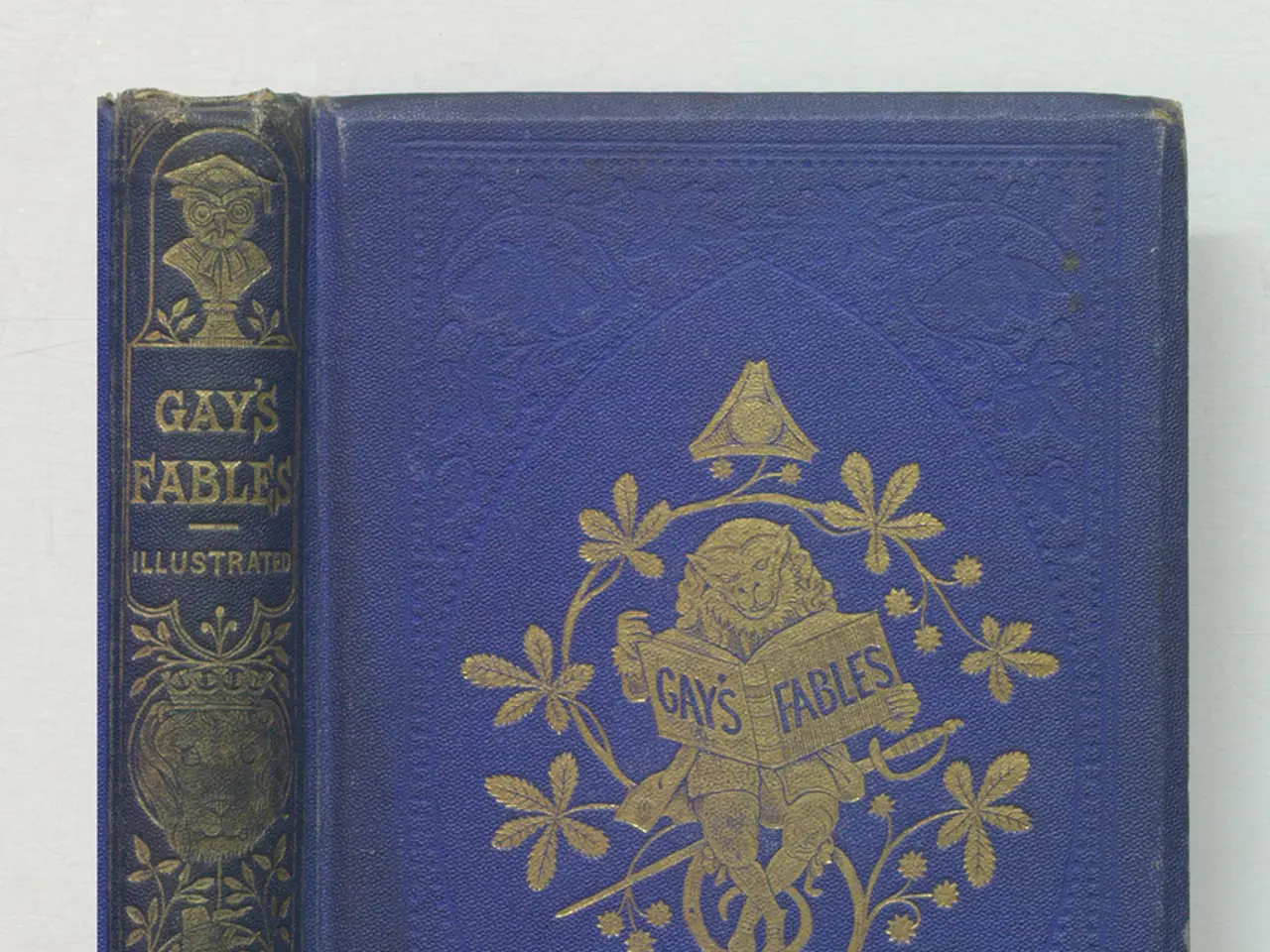Discussing Intimate Relations: A Dialogue
In the vast expanse of the animal kingdom, the traditional binary concept of gender and sexuality is challenged by a myriad of species that exhibit unique and varied forms of sexual expression and gender roles. From the depths of the ocean to the highest peaks of the jungle, homosexual behavior, gender nonconformity, and transness are prevalent, as new discoveries continue to broaden our understanding of nature's diversity.
Female flowerpot snakes, for instance, can reproduce asexually, producing identical female offspring. Clownfish, on the other hand, are born male and live in groups with one dominant female. When the dominant female dies, the most dominant male can transform into a female to reproduce. This transformation is also observed in hawkfish, where mature females may change into males, demonstrating a more fluid approach to gender roles.
Homosexual behavior is relatively common in the animal kingdom, having been documented in about 500 species as of 1999, including many mammals such as primates and spotted hyenas. In these species, homosexuality covers a range of actions from sexual activity to courtship, bonding, and social interactions between same-sex individuals. For example, male bonnet macaques engage in behaviours described anthropomorphically such as giving each other hand-jobs. In spotted hyenas, dominance and mounting behaviours are influenced by hormonal differences, with elevated testosterone correlating to increased aggressiveness and mounting of submissive same-sex individuals.
Beyond homosexuality, examples of gender nonconformity and transness in nature include species with flexible or atypical gender roles or biological sex characteristics. A notable instance is the spotted hyena, where female dominance and masculinized traits (due to prenatal testosterone exposure) blur traditional sex-role binaries observed in many other animals. Other species exhibit sequential hermaphroditism (changing sex during life), widely documented in many fish and reptiles, demonstrating natural gender fluidity.
In human cultural contexts, historical and anthropological evidence shows recognition of non-binary gender roles and same-sex relationships across many indigenous societies. For example, over 150 Native American tribes historically embraced individuals identified as "two-spirit," who embody a blend or alternative to the binary male/female gender system and often held distinct societal roles. Similarly, pre-colonial societies in Central and South America and ancient Egypt recorded social acceptance and institutional recognition of same-sex relationships and non-binary gender expressions.
Conservation efforts and education should focus on the natural diversity of gender and sexuality, as this diversity reflects complex biological, social, and cultural factors rather than a fixed or universal pattern. Recent examples include a same-sex penguin couple becoming fathers at the Rosamond Gifford Zoo in Syracuse, New York, in 2022. The striped maple, a tree species, was also recently discovered to change sex.
Nature shows a high degree of biodiversity, challenging the idea of bioessentialism. Species like deep-sea hawkfish and cuttlefish change sex as part of their lifecycle, while birds and insects can exhibit gynandromorphism, displaying characteristics of more than one sex beyond reproductive organs. Trees can be divided into cosexual, monoecious, dioecious, and polygamous categories, and even fungi like the splitgill mushroom have over 23,000 sexes.
As humans, we are part of nature and share sexual diversity with many species. Understanding this diversity can help us appreciate the complexity and richness of life on Earth and challenge narrow perceptions of gender and sexuality. By learning from nature, we can foster a more inclusive and understanding society that values diversity and respects all forms of sexual and gender expression.
- A magazine dedicated to health-and-wellness could feature an article on the natural diversity of sexuality and gender in the animal kingdom, using the example of the spot-tailed squirrel monkeys, where both males and females exhibit behaviors that challenge traditional gender roles.
- A community newsletter in a city with an active art scene could highlight local artists who use their work to champion the idea of fluid gender identities and sexual expressions, drawing inspiration from the gender diversity among species like deep-sea hawkfish and cuttlefish.
- A cultural journal could publish a piece on the history of non-binary gender roles and same-sex relationships across various indigenous communities, comparing it with the diverse and fluid sexual expressions observed in a wide range of animal species, from spotted hyenas to the striped maple tree.
- A science-focused publication could explore the concept of gender fluidity in nature, discussing the many examples of species that change sex during their lifecycles, such as the sequential hermaphroditism seen in starfish and some species of salamanders, and the implication this has for our understanding of sexual development and identity.




